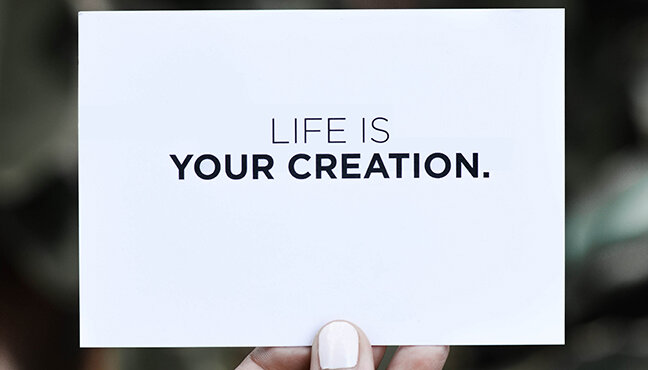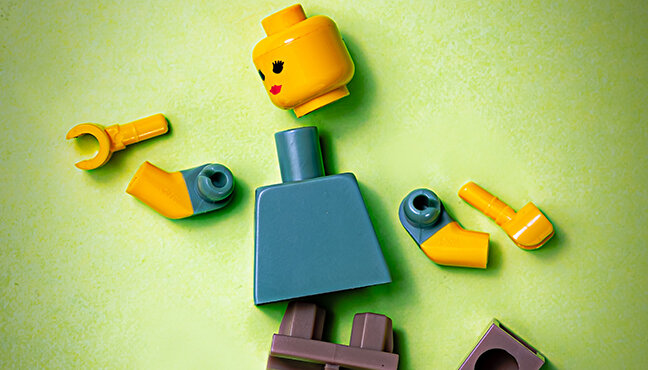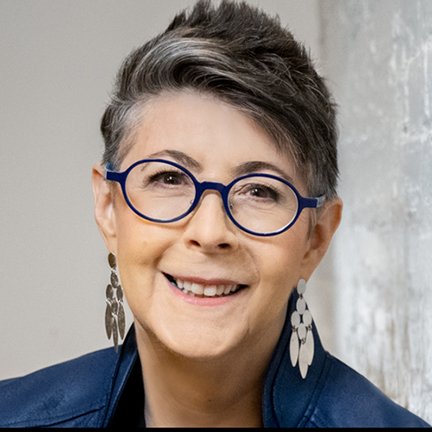How to make each day a little easier
/When people ask how you are, is your answer usually, “Busy!”? You may use other expressions that convey there's a lot — maybe too much — going on.
Maybe you live in over-drive, like so many accomplished professionals I know and speak to. Some wear their fast-paced, often stress-filled striving like a badge of honor. Some feel exhausted and are looking for a way to reduce the intensity.
Whichever camp you may be in, there is a strikingly simple way to make things easier, that I discovered and use all the time.
Self-talk can provide a huge assist
The frame of mind we choose, and the energy that is supported by our thinking, can result in very different experiences.
Consider these two ways to approach the same situation.
Scenario 1:
This person sits down at her desk and looks over a huge list of things to do before the end of the day.
She says to herself, “This is going to be hard! It will take all day, and maybe into the evening, to get it done.”
She gets to work and pushes through the hours. She barely takes a break, and finds herself feeling irritable.
Scenario 2:
Another person starts her day looking at a similar list.
She says to herself, “Wow, there’s a lot on this list! What if it does not have to be hard? What if it’s easy to get through these tasks? I have an abundance of time!”
She starts her work, feeling good about all she will accomplish. She moves from task to task, and takes a brief break each hour. She also makes sure to eat well mid-day.
Their outcomes
In Scenario 1, the day ends with a lot accomplished but she feels depleted. She gets home feeling weary and dreading more of the same for the rest of the week.
In Scenario 2, the day ends with a lot accomplished and she feels satisfied and eager to have a nice evening. She knows there is a lot to do the rest of the week, and knows she will approach each day with a similar orientation.
Turn around thoughts that make life harder
A good rule of thumb that will help you shift your self-talk to experience more ease and better outcomes is to turn around the thoughts that do not support you to bring your best energy to tasks at hand (and hamper your outcomes, too).
That’s right. You can reframe negative thoughts to be the opposite — thus turning them into in positive thoughts.
Our negative way of thinking is often on “automatic,” because we do it so regularly.
It’s easier to change those patterns than you may think.
Here are some examples. I’ll begin with a review of the common thoughts noted in the scenarios above.
1. “It‘s going to be hard.”
Most of us use this statement without considering its impact.
Here are a few ways this thinking can show up:
“Making our travel arrangements is going to be hard.”
“This will be a hard conversation.”
“It’s always hard to find the best solution to problems like this one.”
We set ourselves up for struggle when we think this way at the start.
By turning each around, we can feel positive, and maybe even look forward to the experience of making those travel arrangements or solving those problems. In the case of anticipating a “hard” conversation, a turnaround statement helps us defuse the heavy emotion and approach the conversation with more ease. This shift may even help you feel more confident.
2. “There’s not enough time.”
This is something I found myself saying nearly daily for years. One day, my coach looked at a full agenda of things we planned to get through in a day, and said, “There’s a lot here, and we have an abundance of time!”
Not only did her energy shift when she said that, mine did, too. We found that we moved through everything we intended, and really enjoyed the process.
I have been reminding myself that there is an abundance of time ever since, and it’s been a game-changer. My clients have loved adopting this approach, too.
3. “This is complicated.”
Sure, some things are complex, but you can look at the same circumstances and say, “I can figure this out! It may not be so complicated.”
Can you envision how differently you will feel as you move ahead with this frame of mind?
4. “This is stressful.”
You might turn this statement around and tell yourself, “This is an interesting situation. It feels stressful, but it does not have to be.”
What other negative thoughts can you notice, and start to turn around?
Start paying attention to your self-talk today
When you bring awareness to habitual ways of thinking that make your life harder, you are able to consciously make small (and significant) shifts in your thinking. Why not begin now?
If you try it, and see that day-to-day life becomes easier and more enjoyable, I would love to hear about what is working for you and the difference it’s making.
Leave a comment or email me me to let me know.
And now, I will return to my to-do list for the day. I know I have all the time I need to get through it!
Stay safe and well, and create your life with joy.






















